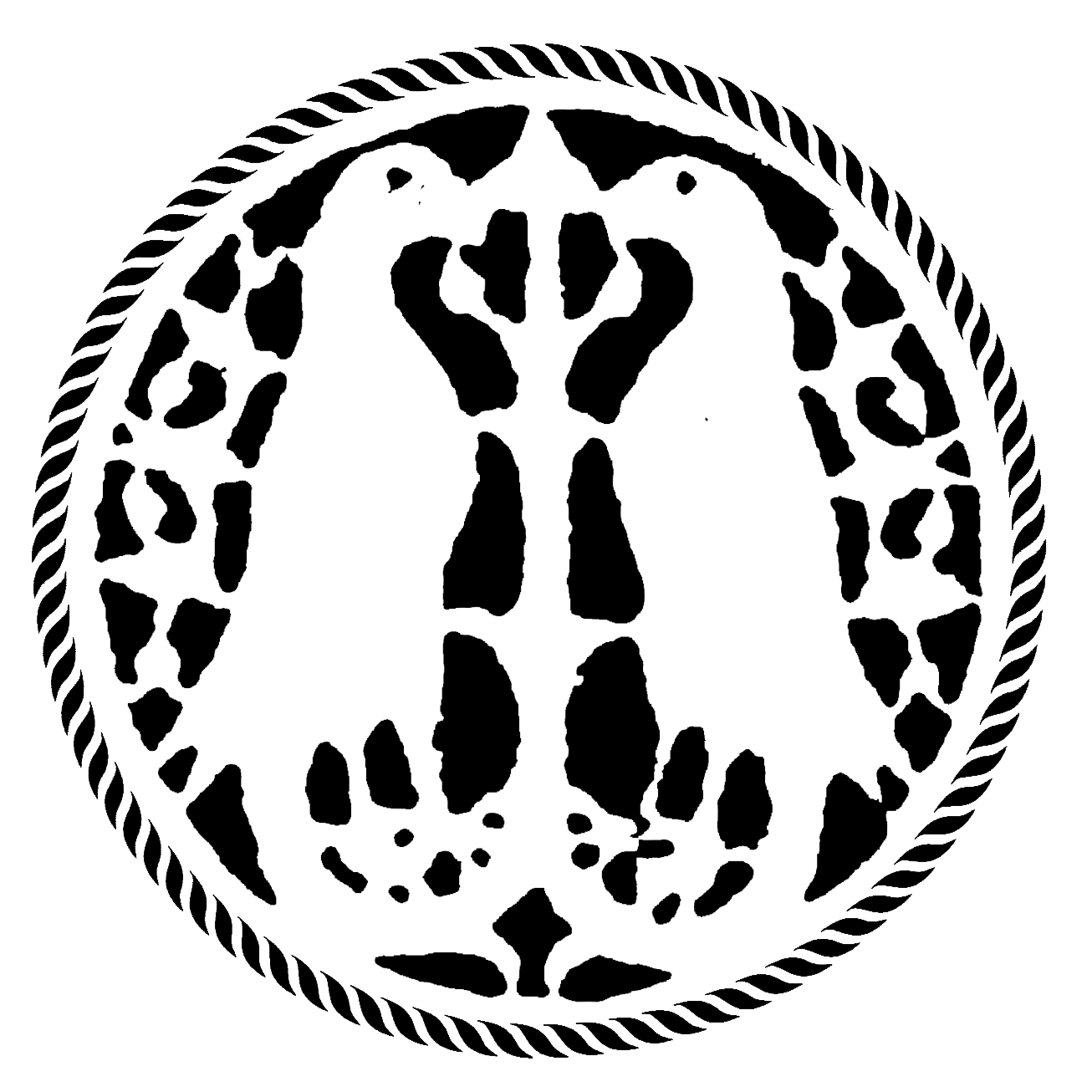Volcanic Wine
— volcanic wine —
The Mayacamas, Mt St Helena and Chalk Hill at Warnecke Ranch
Volcanic Terroir is as exciting and enigmatic as it sounds. It makes wine that is strong and charismatic. Terroir itself is a complex notion best described as the confluence of environmental factors that make the growing conditions at one site undeniably unique.
The distinguishing feature of Volcanic Terroir is volcanos. And those are generally hilly, near a large body of water (by virtue of arising out of the joint between tectonic plates usually found at the edge of a land mass, where it meets the sea), and can boast a soil that is volcanic in composition. Across the board, these volcanic attributes shape a few fundamental growing conditions that lead to low yields and longer maturation time for grapes, which leads to varietals with better expressivity of their character profile. It is a lovely metaphor for the spectrum between nature and nurture that shapes all of our identities. The two interrelate so that how we were raised and what is in our genes, co-mingle in a series of influences that form the complex weave of an individual.
• Hilly —> Slopes: water runs off quickly, across the top soil, reducing the amount of time nutrients are available to the vine roots = the vine is stressed and produces fewer clusters with smaller berries. Small yields mean more vine energy dedicated to each berry for ripening. Small berries also mean higher skin to pulp ratio, which means more aromas and structure elements (found in the skin) per sugary water content (the pulp). Aspect: can be favorably oriented to reduce or increase daytime temperatures and “hold” evening cold pockets and morning fog = this contributes to the effect of temperatures on vine growth discussed below.
• Proximity to Water —> The general rule of thumb regarding the oceanic effect (along the California Coast) on inland temperatures is that evenings will be dramatically colder than daytime. Vines need warmth to grow, and cold evenings slow down growth enough that sugar levels remain low and acidity is preserved, while the berry continues to ripen the parts that develop aromas and structure: the skins and the seeds.
• Volcanic Soil —> Volcanic soil is high in Calcium and low in Magnesium. This is an essential balance for vines to grow in if you are trying to make wine. It is another source of stress, in addition to the slopes, that promotes small yields and small berries. Ca and Mg ratios between 6:1 and 10:1 ideally inhibit the uptake of water by the vine roots. In our area the soil is 35% clay in structure with a moderate water holding capacity. Whatever water it does hold, is debited out slowly due to the volcanic composition. This results in a natural water deficiency program that adequately stresses the vines for optimizing aromas and structure in the berries.
These three bullet points are the volcanic attributes that lead to small yields, small berries, acid retention and longer hang time for the berries to mature. Cabernet Sauvignon, Merlot and Sauvignon Blanc are perfectly suited to our warm Alexander Valley climate which provides the right amount of hot days to ripen these varietals. Combined with the volcanic attributes, these varietals are ripened at the right pace, to their fullest capacity and not beyond, to create fully expressive wines that retain acidity. A fully expressive Cab is going to show aromas of red and black fruit, with baking herbs and cacao. Its structure will be ripe tannins that are strong but mature and therefore elegant, and a high alcohol content that contributes body to the wine but is balanced by the tannins, acidity and complex aromas that combine fruity, savory and umami categories.
We hope you visit to witness our Volcanic Terroir. It is something you see in the landscape, feel in your heightened heartbeat as you climb a slope and perceive underfoot in the color of our white ash soils.
— RESOURCES —
Volcanic Wine International
Volcanic Wine: Salt Power Grit by John Szabo, M.S.
Volcanoes and Wine: From Pompei to Napa by Geologist Charles Frankel
Wine, Terroir and Climate Change & Viticulture and Environment by viticulture scientist John Gladstones
The Dirty Guide to Wine: Following Flavors from Ground to Glass
by Alice Feiring
Geology, Soils and Wine Quality in Sonoma County by Geologist Terry White
The Winemaker’s Dance: Exploring Terroir in the Napa Valley by Jonathon Swinchatt and Geologist David Howell



